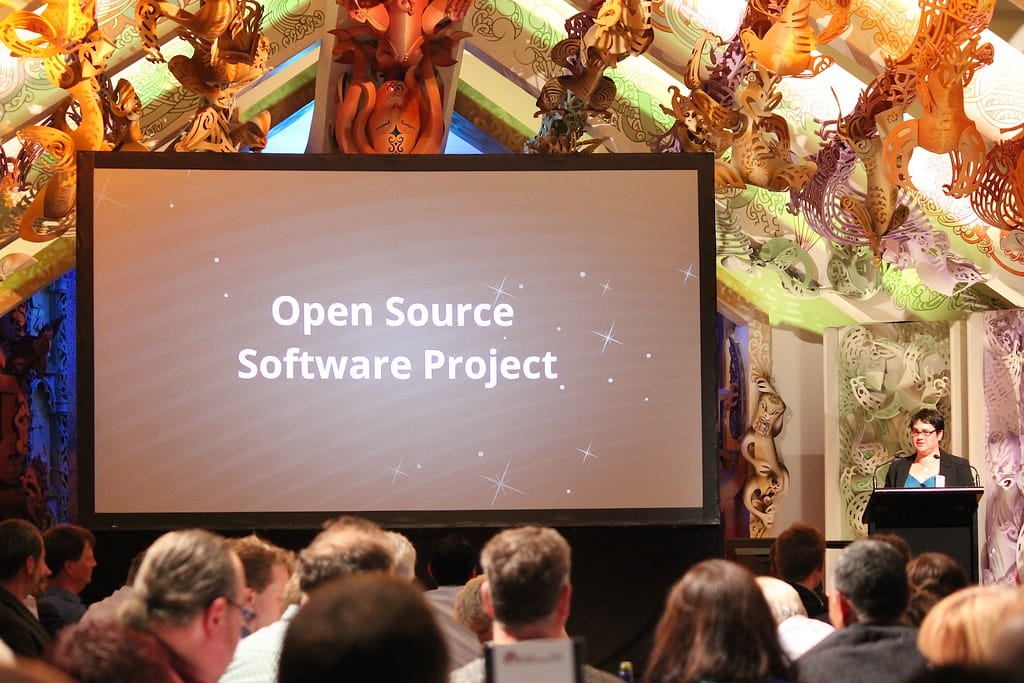The Digital David vs. Goliath: How Open-Source Software is Fighting Back Against AI Bot Armies
The internet is under siege. Every second, millions of AI-powered bots crawl across websites, scraping content to feed the insatiable appetite of large language models. But a growing movement of open-source defenders is fighting back, armed with code and conviction to protect the digital commons from being strip-mined by AI giants.
The Great AI Land Grab
The scale of AI bot activity is staggering. Recent studies show that bot traffic now accounts for nearly 50% of all internet traffic, with AI scrapers representing the fastest-growing segment. These digital harvesters don't just collect publicly available information—they're systematically downloading entire websites, forums, and databases to train AI models worth billions of dollars.
For content creators, publishers, and website owners, this represents an existential threat. Their work is being monetized by AI companies without compensation, while the computational costs of serving these bots can dramatically increase hosting expenses. A single AI scraper can generate thousands of requests per minute, overwhelming servers and degrading performance for legitimate users.
Enter the Open-Source Resistance
A coalition of developers, privacy advocates, and digital rights activists have responded with an arsenal of open-source tools designed to identify, block, and outsmart AI scrapers. These solutions range from simple browser extensions to sophisticated server-side applications that can detect and neutralize bot activity in real-time.
Robot Exclusion Protocol 2.0
The traditional robots.txt file—a polite request for bots to avoid certain areas of a website—has proven woefully inadequate against commercial AI scrapers. Many companies simply ignore these directives, treating them as suggestions rather than requirements.
Open-source projects like "AI-Shield" and "BotBarrier" have developed enhanced protocols that go beyond robots.txt. These tools implement dynamic blocking systems that can identify scraping patterns, rate-limit suspicious traffic, and even serve misleading or corrupted data to detected bots.
The Honeypot Strategy
Some of the most innovative anti-scraping solutions employ honeypot techniques—deliberately placing invisible traps that only bots would encounter. When a scraper falls into these traps, it's immediately flagged and blocked. The open-source project "ScraperTrap" has documented a 94% success rate in identifying AI bots using this method.
Real-World Impact Stories
The effectiveness of these tools extends beyond theoretical protection. Reddit, facing massive scraping operations, implemented several open-source anti-bot solutions and reported a 60% reduction in unauthorized scraping activity within three months. Similarly, independent news sites using community-developed bot detection tools have seen their server costs decrease by up to 40%.
Creative communities have been particularly proactive. DeviantArt and ArtStation users have collectively deployed browser extensions that poison AI training data by adding invisible watermarks and noise to images, making them less valuable for machine learning purposes.
The Arms Race Continues
This isn't a one-sided battle. AI companies are constantly evolving their scraping techniques, employing more sophisticated methods to bypass detection. They use rotating IP addresses, mimic human browsing patterns, and even employ headless browsers that render JavaScript just like real users.
The open-source community has responded with equal innovation. Projects like "Chameleon Defense" use machine learning to identify machine learning—training AI to spot AI scrapers with increasing accuracy. It's a technological arms race where each side continuously adapts to counter the other's latest moves.
The Broader Stakes
This conflict represents more than a technical cat-and-mouse game. It's fundamentally about who controls the internet's information and how value is extracted from digital content. The open-source movement argues that if AI companies profit from publicly available content, they should either compensate creators or face restrictions on their data collection.
Looking Forward: A Call to Digital Arms
The battle for internet autonomy is far from over. As AI models become more sophisticated and valuable, the pressure to scrape more data will only intensify. The open-source community's response demonstrates that individuals and small organizations can still push back against tech giants.
For website owners and content creators, the message is clear: you don't have to be a passive victim of AI scraping. Free, open-source tools exist to protect your content, reduce your costs, and maintain control over your digital assets. The internet may be under siege, but the defenders are organizing, coding, and fighting back—one line of code at a time.
The future of the internet depends on this digital resistance. Will you join the fight?

